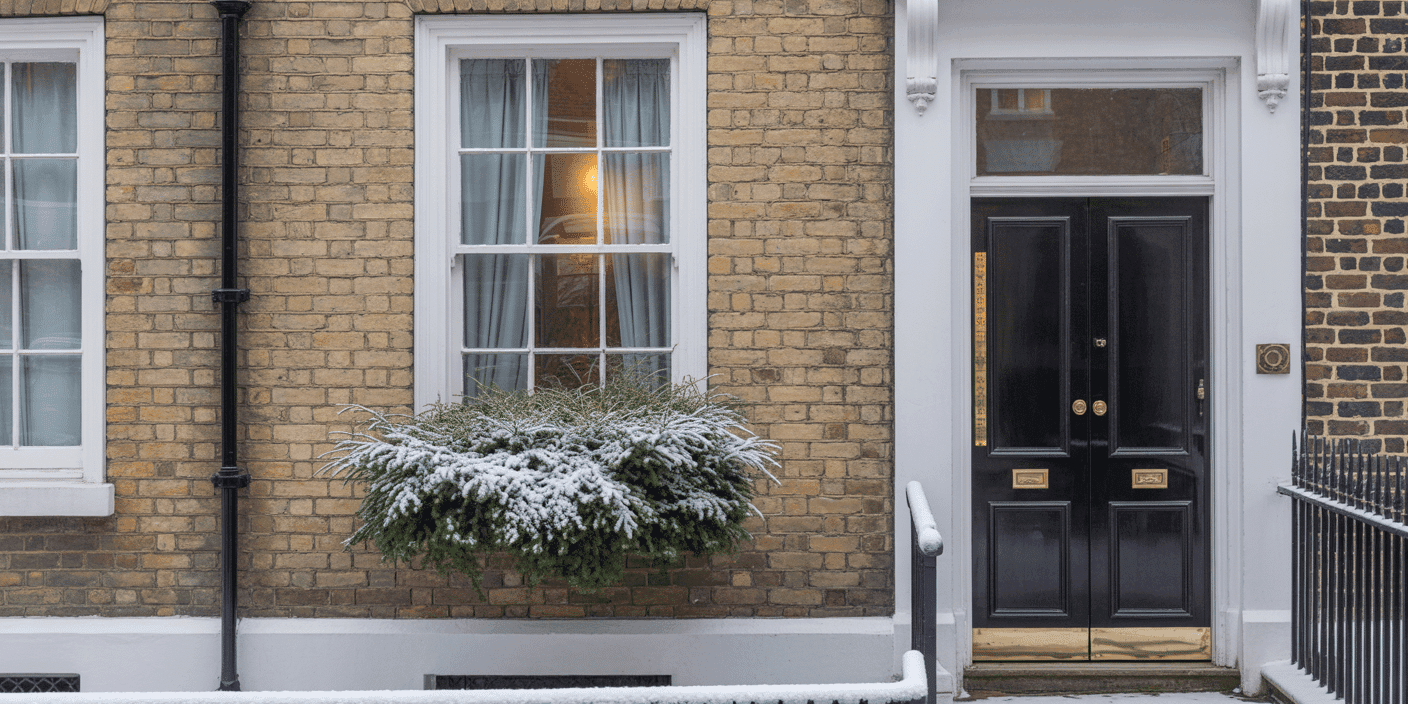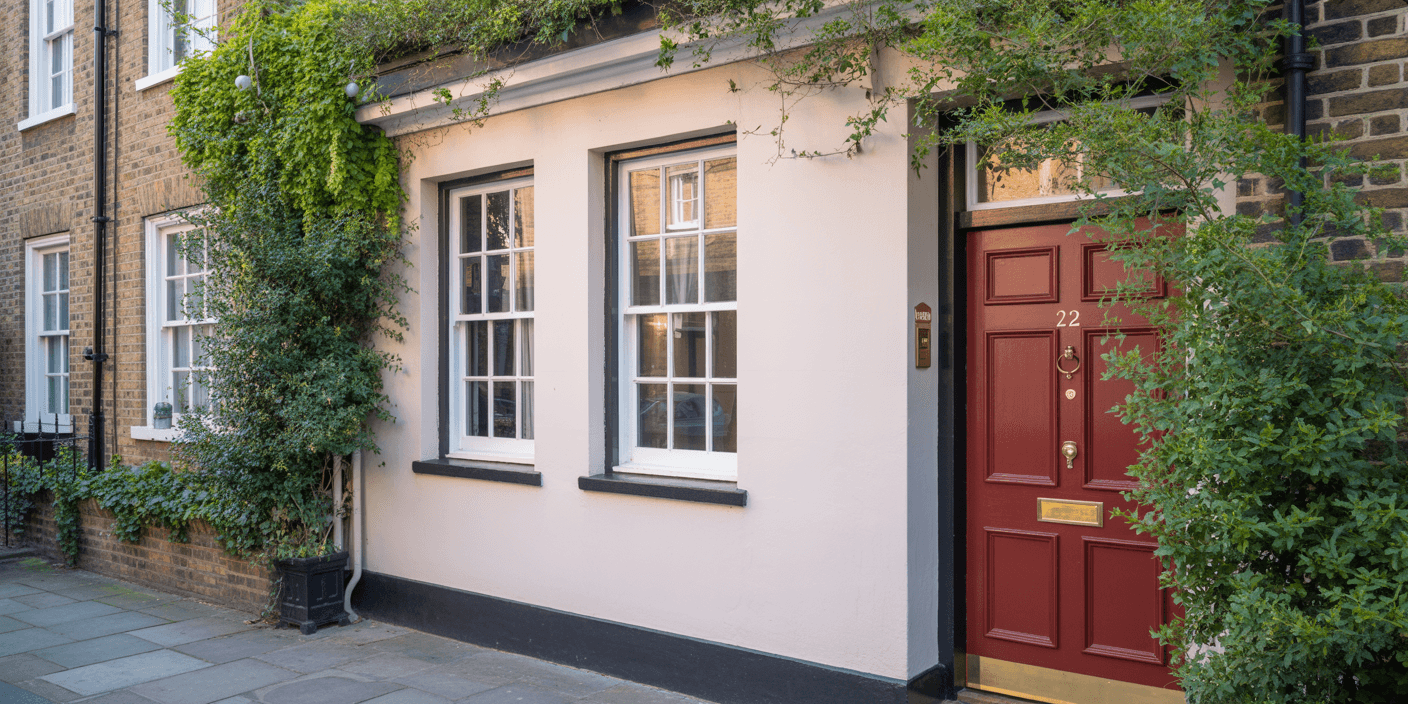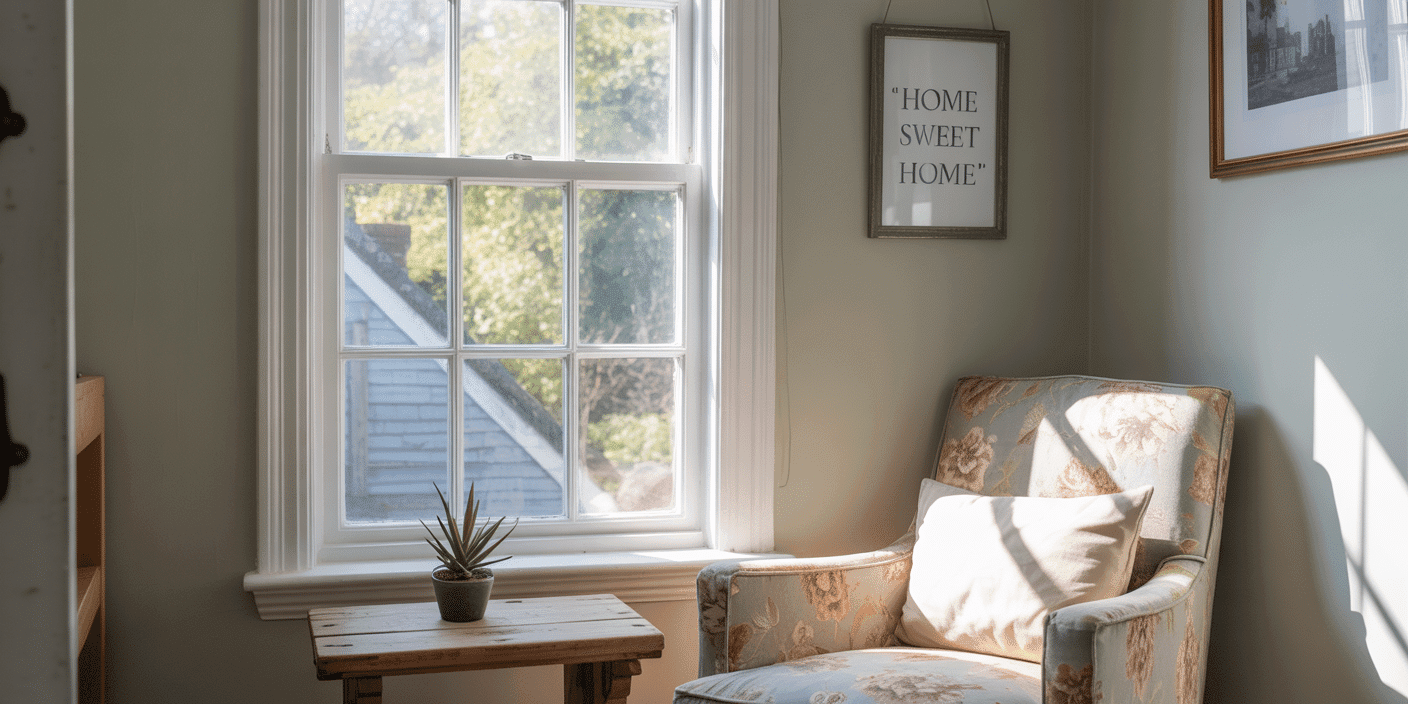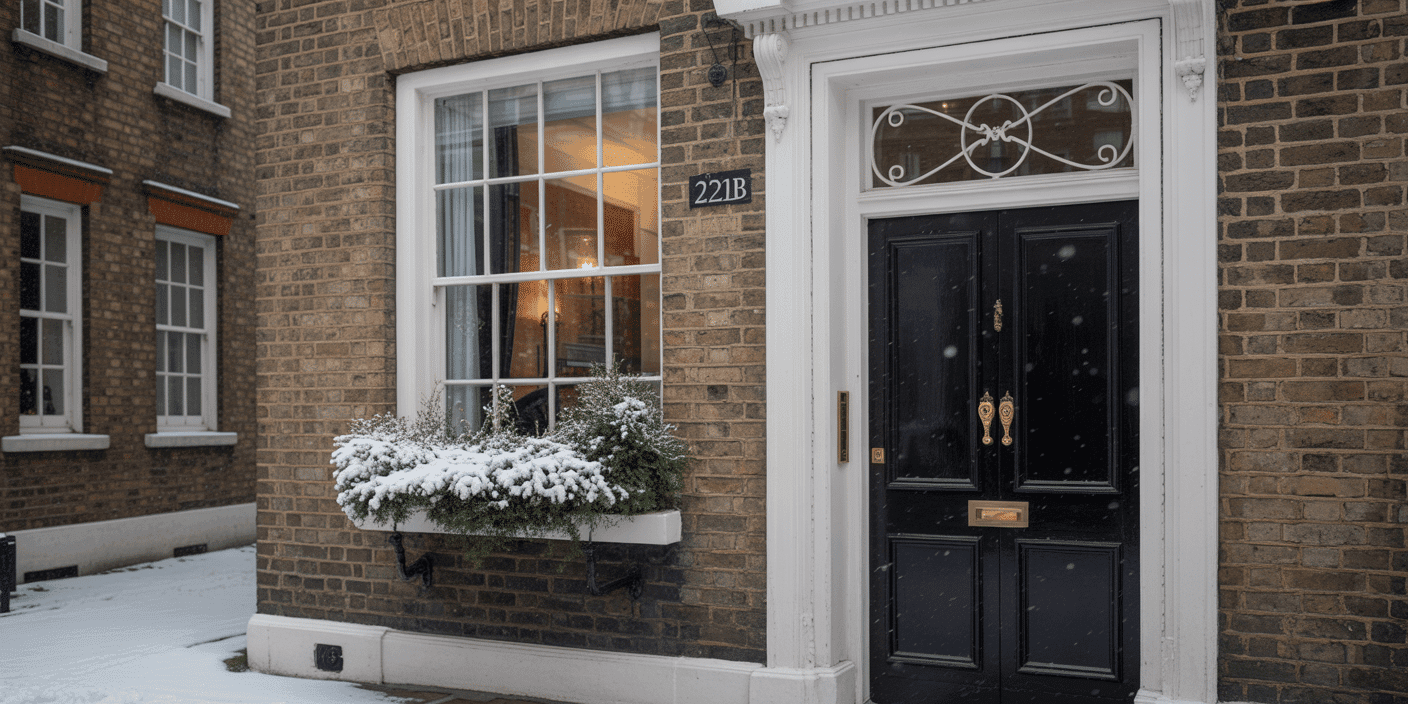The Invisible Bill You’ve Been Paying for Years
Each winter, elegant homes across London quietly lose heat through their original sash windows — and few owners are fully aware of the cost.
Restored fireplaces, ornate cornices, perfectly weighted cords — all these details maintain heritage charm. Yet behind that charm, outdated glazing and unsealed timber contribute to an invisible and ongoing loss: up to 30% of household heat escapes through the windows alone.
This is not merely a matter of comfort. It is a persistent, measurable erosion of value:
- Escalating energy expenditure
- Deteriorating EPC ratings
- Prolonged time on the market at the point of sale
- And, perhaps most subtly, a diminished sense of domestic well-being
The reality is simple: most homeowners are paying for inefficiency — year after year.
Fortunately, technological and regulatory advances now allow for a different approach. It is entirely possible to retain period aesthetics while significantly enhancing energy performance.
At the forefront of this evolution is Sash Windows London — a firm known not for slogans, but for solutions. Their work is led by engineering, governed by detail, and grounded in the belief that craftsmanship should serve both beauty and performance.
This article examines the true cost of inefficiency and the long-term financial, architectural, and emotional returns offered by high-performance sash window replacements.
The Real Cost of Charm — When Beauty Leaks Energy
There’s a certain romance in the sight of Georgian or Victorian sash windows. Their slim profiles, soft reflections, and timeless symmetry lend a kind of architectural poetry to London’s terraces. They’re not just windows; they’re heritage made visible.
But charm, left unmodernised, has a cost.
Old single-glazed sash windows — even when well maintained — are astonishingly inefficient. In a typical period home, they account for up to 40% of total heat loss. That’s not a minor draft under a door; that’s hundreds of pounds every year drifting through the panes, undetected but measurable.
Most homeowners simply accept it as the price of period living. But in today’s energy climate, sentimentality has become expensive. You’re not just heating your home — you’re heating the air outside it.
And the problem runs deeper than bills.
Poorly performing windows quietly erode your home’s EPC rating, dragging down resale value and, in some cases, complicating mortgage or insurance approvals. In a market increasingly governed by regulation — Part L, SAP ratings, and U‑value compliance — inefficiency is no longer quaint; it’s a liability.
Yet, this is where perception often misleads.
Many homeowners believe that upgrading sash windows means losing authenticity, that efficiency must come at the expense of beauty. It doesn’t. It simply requires the right craftsman — one who understands both heritage detail and building science.
That’s precisely where Sash Windows London has built its quiet reputation: crafting windows that keep the period façade unchanged while re‑engineering the unseen. The line of the glazing bar stays true; the proportions remain exact. Only the cold disappears.
Because in the long run, beauty that bleeds energy isn’t preservation — it’s neglect dressed in nostalgia.
The Science of Stillness — How Modern Sash Windows Stop the Leak
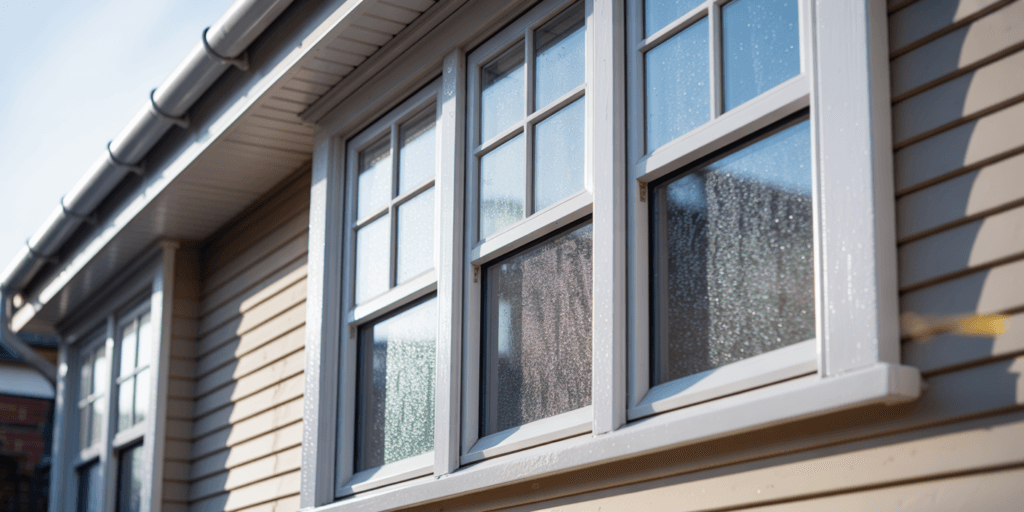
It’s easy to think of heat as something that simply “escapes.”
In truth, it migrates — drawn from warmth to cold through every weakness in the building envelope. Traditional single-glazed sash windows are riddled with such pathways: conductive glass, unsealed joints, and timber that moves with the seasons. Each movement, each gap, becomes an open door for your comfort to leave.
Modern sash windows end that migration through precision engineering. What looks like a faithful recreation of a 19th‑century window is, in fact, a quietly sophisticated thermal system.
Let’s break it down.
Double or triple glazing now sits inside the same slender profiles once reserved for single panes. These are not the chunky, plastic‑looking impostors you see elsewhere; the glazing bars remain elegant, the sightlines identical. Yet within those frames, an argon‑filled cavity creates an invisible thermal barrier — like a duvet stitched inside glass.
Low U‑value coatings reflect heat back into the room while allowing sunlight to pass through, turning each window into a passive radiator.
Draught‑proofing systems — hidden brush seals and compression strips — eliminate those once‑inevitable winter breezes, so curtains no longer stir in the still air.
Engineered timbers, like Accoya, resist swelling and warping, maintaining airtightness and longevity for decades. Composite and aluminium‑clad variants go further still, pairing natural interiors with weather‑proof exteriors that defy rain, UV, and time itself.
Each of these advances adds up to one thing: stillness.
A room that holds its temperature. A window that behaves more like an insulator than an opening.
This is where Sash Windows London excels — not by inventing new aesthetics, but by re‑engineering the familiar. Their craftsmen treat every frame as a performance instrument: tuned, tested, and calibrated until the room feels right.
In engineering terms, it’s called reducing thermal transmittance.
In human terms, it’s called peace.
The Long Game — From Monthly Bills to Lifetime Value
Most people think of windows as a one-time purchase — a cost to absorb, a necessary fix, perhaps a box ticked before winter. But modern sash windows, properly engineered and professionally installed, are not just a purchase. They are a compounding asset.
Let’s run the numbers.
An average London home replacing original single-glazed sashes with double-glazed, draught-sealed units can expect to cut its annual energy bill by £250 to £600, depending on insulation levels and usage. That may not sound transformative — until you widen the lens.
Over 20 years, that’s £5,000 to £12,000 in reclaimed spend.
Now factor in rising energy prices, often outpacing inflation. The true savings curve climbs, not flattens.
But that’s only part of the value.
Energy-efficient windows improve your EPC rating, a key determinant in mortgage rates, insurance premiums, and—most importantly—resale price.
A higher EPC band can increase property value by up to 14%, according to Rightmove and Savills. For a £1.5m home, that’s £210,000 of unlocked capital — achieved through invisible, elegant upgrades that never compromise kerb appeal.
Still not convinced? Consider time.
Homes with low EPCs are now taking longer to sell. Buyers—especially in the high-end segment—are increasingly unwilling to inherit thermal inefficiency. They want assurance. Modern windows offer it, silently.
And beyond the monetary gain lies something rarer:
The joy of a home that simply works. No condensation, no rattling panes, no guilt with the thermostat. Just quiet, consistent comfort that costs less with each passing year.
This is the true payoff. Not just lower bills, but long-term equity.
Not just warmer rooms, but smarter resale.
Not just windows — but value engineering dressed in heritage.
That is what Sash Windows London delivers: timeless frames that earn their keep long after the paint dries.
Compliance as Confidence — Navigating Part L, Q, and K Without Fear
For most homeowners, regulations are background noise—until they aren’t.
Planning permission, conservation zones, and the ever-tightening building standards can turn a simple window replacement into a bureaucratic riddle.
What is Part L?
Are your windows ‘secure by design’?
Can you upgrade without breaking conservation rules?
These aren’t just technicalities—they’re potential deal-breakers in your home’s financial, legal and architectural future.
Let’s decode the alphabet soup:
- Part L governs the energy performance of a home. In simple terms, if your new windows don’t reduce heat loss to meet minimum standards, they could be non-compliant.
- Part Q ensures security against unauthorised access. It’s not just about locks; it’s about frame resistance, glazing integrity, and certification.
- Part K deals with impact safety—especially relevant for larger panes or low-sill windows where someone might fall against glass.
Now add heritage overlays, listed building constraints, and planning officers to the equation, and the path narrows further. One misstep can lead to delays, rejected applications—or worse, fines.
Here’s the truth most window companies won’t tell you: compliance isn’t optional, and it’s not your job to figure it out.
That responsibility belongs to the people who design, build and install the product.
And this is where Sash Windows London quietly excels.
Every one of their frames is engineered with compliance baked into the blueprint. Their team doesn’t retrofit solutions; they lead with them—from the first site survey to the final sign-off.
Need a Part L-compliant sash with 1.2 W/m²K U-value, conservation approval, and PAS24-rated locks? It already exists in their portfolio.
Worried about losing heritage charm to satisfy energy demands? They’ll show you planning-approved case studies where officers signed off on upgrades that kept every sightline intact.
They don’t just sell windows. They remove friction, remove risk, and ensure that once the windows are installed, the only thing you’ll notice is the warmth.
Because in a regulatory world, peace of mind isn’t a luxury—it’s a product feature.
Proof in the Frame — Case Studies That Sell Themselves

Numbers persuade, but stories sell. Especially when those stories reflect the dilemmas, doubts and desires of real homeowners.
Below are three very different properties.
Three different challenges.
Each one resolved with the same quiet precision — and the same result: performance without compromise.
Chelsea Townhouse
Problem: A five-storey property with original 19th-century single-glazed sashes and spiralling winter heating bills. The client was torn between retaining character and achieving modern thermal standards.
Solution:
Sash Windows London replaced 22 sash units with heritage-faithful, double-glazed Accoya frames. Traditional joinery detailing preserved the façade, while U-values dropped to 1.2 W/m²K.
Outcome:
- Annual energy savings estimated at £580
- EPC uplifted from E to C
- Interior comfort improved within days
- “We thought it would feel different. It doesn’t — except warmer, quieter, and less expensive.”
Hampstead Semi (Conservation Area)
Problem: Planning permission was refused twice due to visible glazing alterations proposed by another installer. Owners were frustrated, out of pocket, and days from giving up.
Solution:
Sash Windows London submitted a revised application, complete with conservation-compliant glazing bar profiles, low-iron double glazing, and prior case evidence.
Outcome:
- Planning approved within four weeks
- No objections from heritage officers
- “They spoke to the council in our language. We felt represented, not just sold to.”
Richmond Family Home (Sale Preparation)
Problem: Property valuation suppressed by poor EPC and visible condensation in older windows. Buyers hesitant.
Solution:
Targeted window replacements in living spaces and bedrooms with high-performance, timber-look composite sashes.
Outcome:
- Property moved from EPC band D to B
- Home sold 3 weeks faster than similar listings
- Achieved 4.2% over asking price
- “The estate agent said the energy rating gave us an edge. We just wanted the rooms to stop freezing.”
Each of these clients came to Sash Windows London with a different brief.
Some wanted speed. Others needed planning approval.
Most didn’t know the right questions to ask — only the feeling they wanted to solve.
The result in every case?
A home that looked unchanged, yet performed in an entirely new league.
And that, perhaps, is the clearest proof of all.
The Hidden Dividends — Comfort, Quiet, and Pride
Not everything that adds value to a home shows up on a spreadsheet.
There’s a dividend in stillness. A reward in silence. A return on comfort that doesn’t need measuring to be felt.
Ask any homeowner who’s upgraded their sash windows with performance in mind, and they’ll tell you what changed.
- The way the room holds heat — no more cold zones near the glass.
- The way the outside world disappears — no more traffic hum, sirens, or footsteps on the pavement.
- The way condensation vanishes — replaced by clear panes and dry sills, even on the coldest mornings.
- The way the house just feels… right.
It’s hard to describe in technical terms, because it lives outside the architect’s plans and the engineer’s spreadsheet. But it’s real.
That moment when you come home after a long day and the room greets you, warm and still.
That sense of quiet confidence when friends visit and don’t realise the windows are new — because the beauty never changed.
And yes, there’s pride in that too.
Not the showy kind. The quiet, deeply satisfying pride that comes from knowing your home honours the past, performs in the present, and is ready for the future.
Sash Windows London understands this dividend.
They’ve built their craft around it — the intersection of performance and poetry. They don’t just sell windows. They restore the rhythm of homes.
Because when the cold is gone, the noise is gone, and the bills begin to shrink, what remains is something harder to describe — and far more valuable to live in.
Turn Loss into Legacy
Every home tells a story.
And somewhere in yours — behind the skirting boards and period mouldings — there’s a decision waiting to be made. Not about style. About substance.
You’ve seen what efficient sash windows can deliver:
Lower energy bills.
Greater thermal comfort.
Improved property value.
Planning-safe, conservation-compliant upgrades.
Peace, pride, and stillness.
Now the only question left is:
How long will you keep paying for the heat you’re losing?
Because every month you delay is a month of wasted spend.
Every winter you wait is another season of drafts, condensation, and underperformance.
Every buyer who walks away is a missed premium you might never recapture.
But act now, and this story changes.
Sash Windows London can assess your current windows, model your energy uplift, and design a solution that honours the look of your home while completely reengineering its performance.
And they’ll do it with the kind of clarity, compliance, and craftsmanship that most companies talk about — but rarely deliver.
Start with a Complimentary Consultation
Book your site assessment today and discover exactly how much value your home could be retaining — instead of leaking.
Reclaim the warmth. Reclaim the quiet. Reclaim the long-term value.
Because what you’re losing isn’t just heat — it’s legacy.
